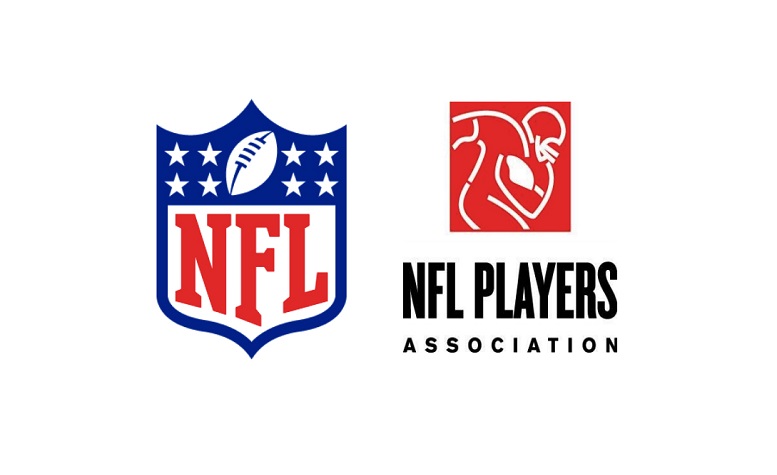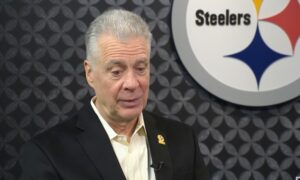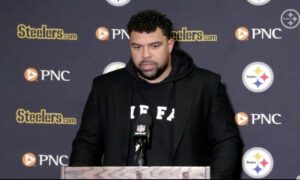The NFL and NFLPA were reported to have informally agreed to 2020 amendments to the Collective Bargaining Agreement that would pertain specifically to the health and safety and economic impact of the Covid-19 pandemic that continues to be a major issue through the majority of the country. The deal wasn’t signed until more than a week and a half later. What happened in between?
According to the NFLPA—specifically president J.C. Tretter and assistant executive director of external affairs George Atallah, it was because the league was attempting to, in the words of the latter, “relitigate” many of the issues that had already been agreed upon. Tretter told Mike Florio that “the NFL wanted to kind of walk back a lot of the really good things we had gotten in the deal”.
By and large, the union does seem to have done a reasonably good job of negotiating with the NFL as it concerns formulating protocols for health and safety in returning to play. Among the key issues that they fought the hardest for was ensuring that there was a voluntary opt-out available to all players, and that high-risk opt-outs would be ensured their stipend (and that it would not have to be repaid) for all players, including undrafted free agents unlikely to make the team.
Tretter noted that another key issue that the union had to fight to preserve after the deal had initially been agreed to in principle was to preserve a multi-year plan to absorb the economic hit of the coronavirus, as the league, for reasons that are still not entirely clear to me, continued to want to absorb all or nearly all of the hit in 2021.
In the end, the two sides agreed to set a salary cap floor of $175 million for next season, which is already over $23 million lower than the 2020 salary cap, but the figure could rise based on how much better—if at all—the economic conditions of the season prove to be based on what they are projecting.
The most visible ‘concession’ that the NFLPA ended up relinquishing on was to agree to set a hard opt-out deadline for August 6 at 4PM, but the reality is that, had the deal been signed when it was initially agreed to, the deadline would have already passed at the start of the month, so players ended up getting more time than they otherwise would have had if the deal were signed immediately.
And this proved to be important in particular for players, especially young players, who had qualifying medical conditions that would allow them to opt out as a high-risk player. Qualifying conditions have to be documented with the team, for example via a physical, prior to applying to opt out, so this gave players the opportunity to get into training camp and get their physicals taken care of to properly address their case.








